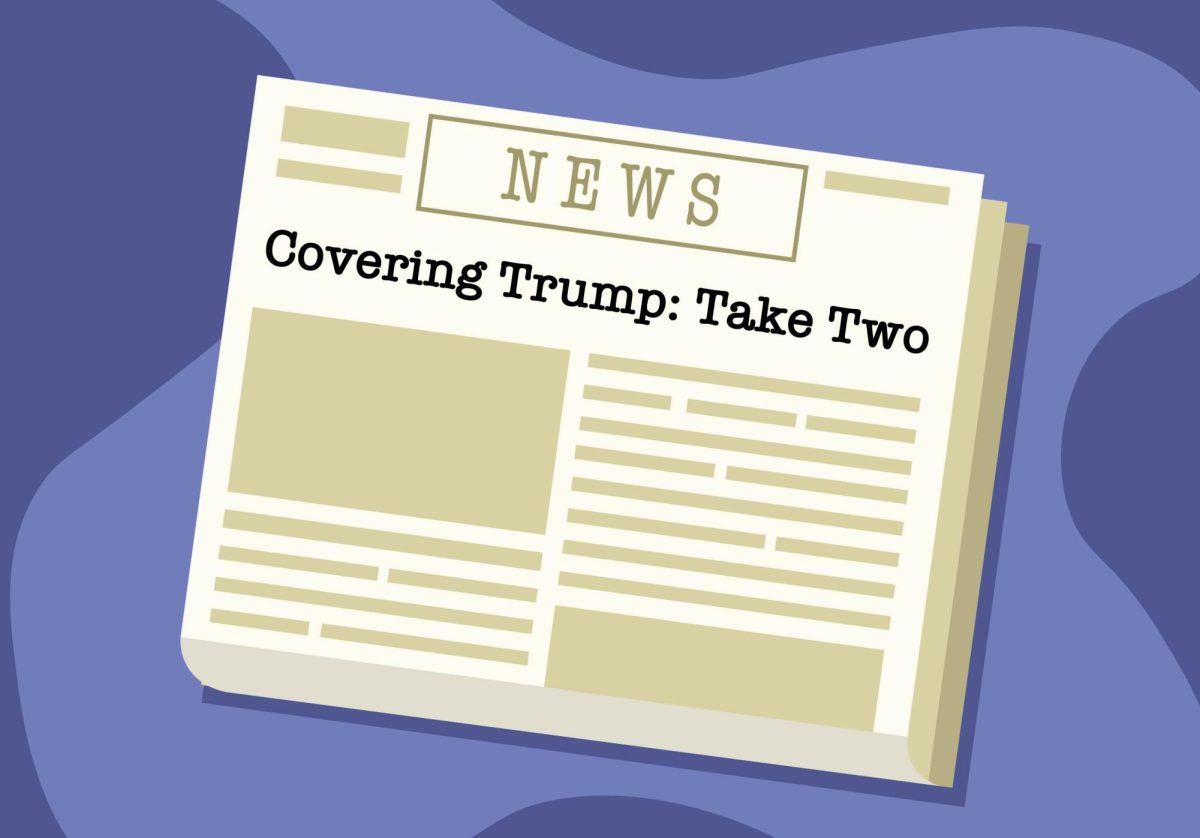Two cartoons commenting on the Columbia disaster that appeared in the Daily last week have generated angry letters from readers. They bring up some good questions about what we should and should not expect from editorial cartoons.
The first cartoon, which appeared Feb. 4, showed a still frame of President George W. Bush addressing the nation after the Columbia disaster. Pete Wagner, the cartoonist, had drawn a text balloon to the left of Bush that read: “I wish I was there to hug, cry and comfort you.” On the right side of the president he had drawn a thought balloon that had the president thinking to himself: “(Whew!) Another distraction from the lousy job I’m doing as president!”
The second cartoon, which ran Feb. 6, simply showed the NASA logo with a caption next to it that read: “Not A Sufficient Amount” and a subscript reading: “Ö of funding to keep our astronauts safe, due to exhorbitant (sic) tax cuts for Bush’s rich buddies, and a costly war to get the guy who tried to kill Bush’s daddy.”
Some readers labeled the cartoons as untruthful, tasteless or both. One reader wrote in a letter published Feb. 6 regarding the first cartoon that it “trivialized our lost seven as nothing more than a political pawn to be used by the president to alleviate his current political problems. I think it was highly disrespectful to the families of the astronauts and to the American people to do this so soon after the tragedy, let alone on the day of the memorial service.”
The reader is only half right in his assessment of the cartoon’s meaning because strictly spoken, the cartoon as such did not trivialize the loss of the seven astronauts by reducing them to political pawns but argued that President Bush did this. This is an important nuance. The Daily cartoonist made the claim that Bush used this tragedy for political gain, and this claim as such is not so much disrespectful to the seven people who died in the Columbia disaster as it is to the president.
Some might take offense to the fact that the Daily cartoonist depicted the president as a cynical, Machiavellian kind of politician, but criticizing and making fun of the powerful is what cartoonists have always done and (hopefully) will continue to do. Even if that criticism seems unfair to some, it is just a drawn opinion with a punch line and has its place in a student newspaper.
It should also be noted that the president and his political party are extremely powerful at this moment, having seized control of both the executive and legislative branches of government. In this political climate, it is crucial to have a critical, even skeptical, press in order to provide the checks and balances that are so crucial to maintain a healthy democracy. Therefore, we should tolerate cartoonists who might be a bit overly critical of the president’s words and actions. That’s what they are paid to do.
Other readers challenged the accuracy of the NASA cartoon. As reader Tim Gordon pointed out in his letter published Feb. 7, funding for NASA has not gone down during the Bush administration but was significantly reduced during the Clinton years (funding even went up during the Bush administration). Furthermore, it is far too early to state with certainty that the Columbia disaster can be linked to a lack of safety procedures as a result of insufficient funding.
Cartoonists should be granted some creative license when it comes to interpreting and representing reality. They magnify, exaggerate or twist certain aspects of reality in order to make a point, make us think and smile for a couple of seconds, before we turn our attention to an 800-word opinion piece.
But while it is up to cartoonists to draw out their own personal interpretations of reality – spiced up with a funny twist – we should also expect a certain level of accuracy in political cartoons. It would not be acceptable for a paper to publish a cartoon figuring the current king of France, not because we cannot make fun of the French (God forbid), but because France does not have a king. Political cartoons, because they comment on society, need to use reality as source material, and their creative license ends when they start misrepresenting facts.
Where exactly this line lies between factual accuracy and creative license for political cartoonists is not entirely clear, but reader Tim Gordon clearly thought the NASA cartoon that appeared last week was located on the wrong side of that line. He might have a point.
Bastiaan Vanacker is the readers’ representative at the Minnesota Daily.
He welcomes comments at [email protected]. Send letters to the editor to [email protected]







